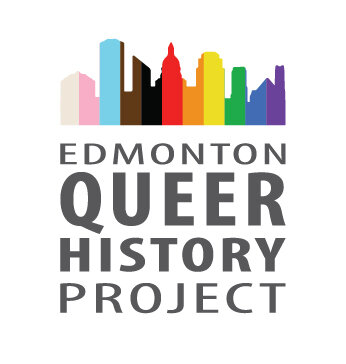CLICK HERE to continue reading full text on this page or download below
Michael Roberts, a contemporary of Green, decided an Edmonton branch would be ideal, even though he had Calgary roots. Michael wanted to discreetly protect his Calgary family from being affected by his gay lobbying in Edmonton. Part of GATE’s early lobbying efforts included a 1972 brief to the Alberta legislature, requesting the inclusion of sexual orientation as a protected ground in the new Individual’s Rights Protection Act. Roberts told the legislature that in failing to provide basic human rights protections for gays and lesbians, the government was denying civil liberties to almost 82,000 Albertans.














